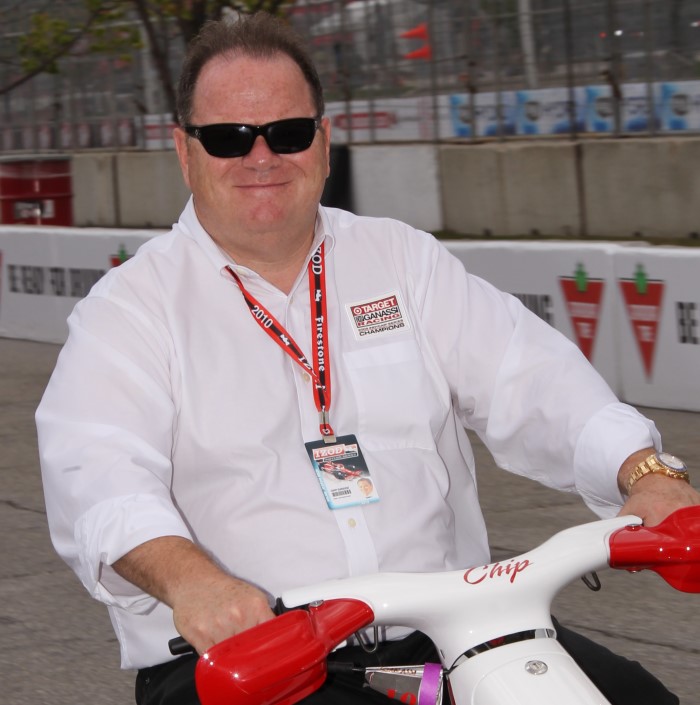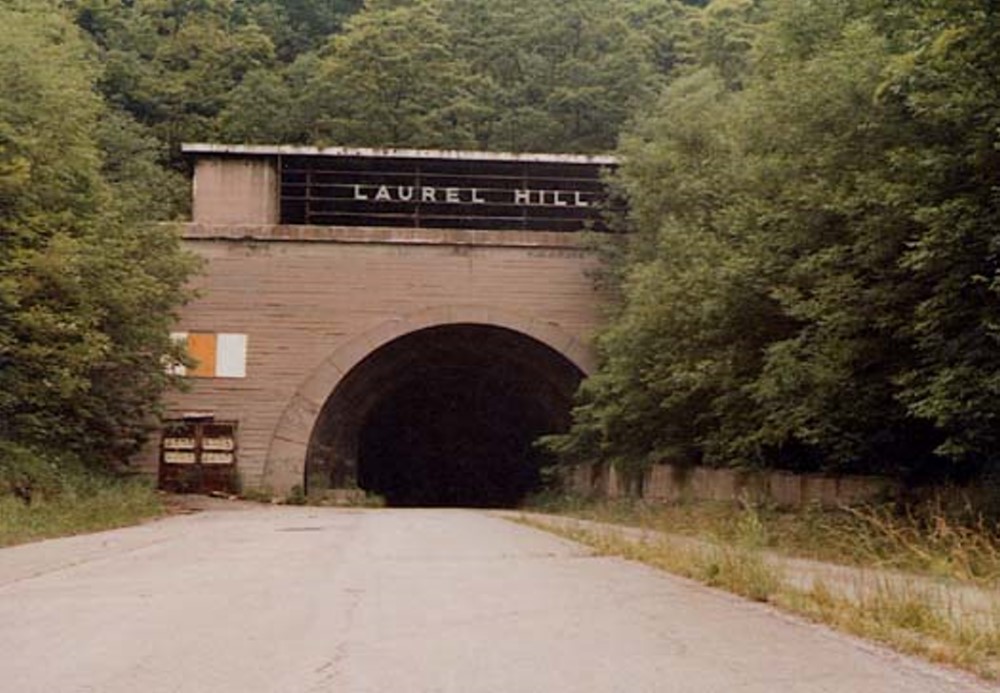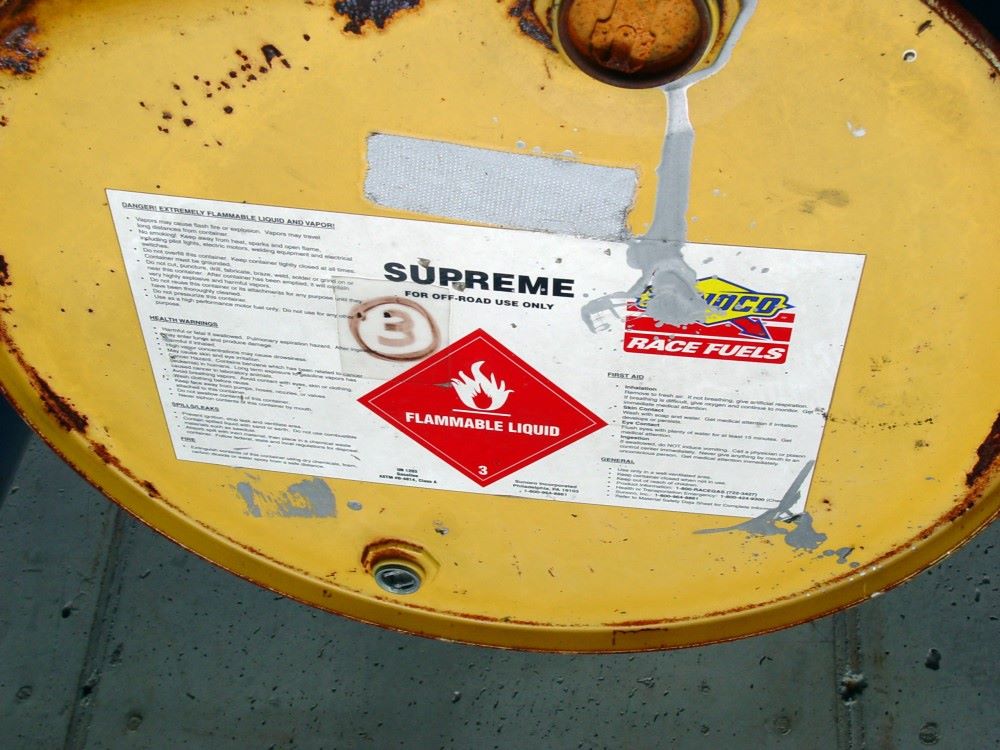Chip Ganassi’s secret test tunnel
“It's not a secret [anymore]," Ganassi tells AutoWeek. “It's not incumbent upon me to publicize how we test, but it isn't a secret.
“Even if you rent a scale-model rolling road, the models for cars in three different series [IndyCar, NASCAR and Grand-Am] get expensive, and we were getting the most success out of our straight-line [aero] program. My engineers told me, 'We need a drag strip—let's buy an old drag strip or air strip, and if there is still budget we'll build some walls, and if there's more budget we'll put a roof on.' I asked if a tunnel would work and they said, 'maybe better.' And I said, 'Good, because I know where there's a tunnel, so let's see if we can get that.'
“You can work 365 days without worrying about weather, noise or changing conditions," Ganassi continues. “You build the real piece, not a model. Every team has a tunnel. Ours is just different, maybe more unique. It's the real thing because the heat is in the right places. The temperatures are real, not calculated or simulated."
Does he own Laurel Hill or lease it from the Pennsylvania Turnpike Commission, or what?
“I'm not sure that's any of your business," he answers. “I control the tunnel and make it available to other enterprises that can benefit from it."
And what about the rumor that he's snagging more abandoned turnpike tunnels to keep competitors from getting them?
“Sheesh. . . . I don't have any more tunnels or plans to get them." AutoWeek
03/20/11 This Racecar Engineering article gives us more insight into Ganassi's now not so secret tunnel.
03/05/11
 |
| Chip Ganassi, sly like a fox |
Per this lawsuit the rumor from 2006 about there being a secret Ganassi tunnel is now 'fact.'
12/08/09 Terry Angstadt sounded like a government official with his best cover-up denial face when we cornered him about the secret development tunnel we are calling "AREA 51" and the new IndyCar. He said "I wish the story were that sexy, but it's not. There is nothing going on in some tunnel in the hills of Pennsylvania that I am aware of…"
Now see…it's that last part that gave him away "…that I am aware of…"
Maybe he really doesn't know anything about it, and his covert operations team is simply not telling him, so he will have plausible deniability.
Hmmm. I guess we will have to keep our citizen agents on top of that one, and keep you posted.
11/20/09 The next generation of Indy cars could come from an abandoned tunnel off the Pennsylvania Turnpike east of Pittsburgh.
Ben Bowlby, head of engineering for Ganassi Racing and a former car designer at Lola, is close to knowing if IndyCar Series officials will choose his radical chassis design for the 2012 season. If it is, the car figures to take shape in the 4,500-foot Laurel Hill Tunnel, which the team has used as its secret aerodynamic test center for at least five years.
Outside of IndyCar's inner circle, not much is known about Bowlby's project, but the former Lola engineer has the support not only of Chip Ganassi but fellow team owners Tony George and Michael Andretti.
Contacted Thursday, George only confirmed "discussion" of the project, in part because many of those involved have signed confidentiality agreements. Other IndyCar team owners contacted said they couldn't comment.
IndyCar officials have maintained "parallel programs" are up for consideration, but Terry Angstadt, president of IndyCar's commercial division, said Bowlby's plan will get strong consideration if the car proves to be economical, safe and sensible.
The drawings have been described as a cross between a sports car and a motorcycle. The car is sleek and definitely new age, nothing like what has been on the track to date. (See related AutoRacing1.com article)
"It's something we're excited about if it proves to be the things it needs to be," Angstadt said. "As the sanctioning body, we have to be pragmatic about it."
The other chassis plan being considered is an evolution of the existing car made by Dallara. Either builder will need two years to have cars ready to race. Indy Star
06/26/08 AutoRacing1.com broke this story back in June of 2006 when we revealed in this rumor that Chip Ganassi's Indy Car team had a secret tunnel in Pennsylvania to do straight-line testing. This article in the USA Today confirms this report and this rumor is now upgraded to 'fact.'
For the powerhouse teams of the IRL IndyCar Series, the secret to going in circles might be taking the most direct route possible. But don't expect many straight answers about straight-line testing, the monotonous art of running Indy cars on long stretches of asphalt to measure aerodynamic data without turning a wheel.
"It's kind of like wandering into Area 51," jokes Mike Hull, the managing director for Target Chip Ganassi Racing. "You might not get out alive if we gave you the answer."
Here's what is known about straight-line testing: Drivers don't like doing it, and teams don't like talking about it, but all seem to benefit from the concept, which essentially confirms computer simulations in a manner reminiscent of drag racing.
Cars accelerate to 200 mph, then coast to a stop as teams calculate wind resistance and down force. Such information also can be gleaned from a wind tunnel, but straight-line testing affords better data collection because the readings occur while the car runs at speed.
"The wind tunnel is all virtual," Penske Racing President Tim Cindric says. "This is an aerodynamic test of the car in real-world conditions."
Les Mactaggart, Indy Racing League's technical director, knows of only three teams that use straight-line testing: Ganassi, Penske and Andretti Green Racing, which have won 43 of the past 44 races and the past five championships in the IRL.
The IRL doesn't restrict straight-line testing — it even occasionally asks for parts to be tried on cars — although teams are allowed just two sets of test tires for the season. Mactaggart says Ganassi, whose drivers, Scott Dixon and Dan Wheldon, are ranked first and third in points and have won five of eight races this year, conducts sessions in a tunnel outfitted for straight-line testing and owned by the team.
A story last October in Racecar Engineering magazine reported Ganassi's test facility was adjacent to Laurel Mountain near Donegal, Pa., in an abandoned section of the Pennsylvania Turnpike. Hull would confirm only that the team's testing was done "in the United States." [Editor's Note: But of course AutoRacing1.com (the #1 source for inside information) readers know exactly where this tunnel is – see below.]
Dixon and Wheldon have led 431 of 828 laps on 1.5-mile ovals this season. Cindric says Ganassi's success at the superspeedways, where aerodynamics play a bigger role, suggests the team has a technical advantage from having its own facility.
"A lot of these (straight-line) tracks are used by car manufacturers or tire companies, and you get very limited availability," says Cindric, whose team has tested at manufacturer facilities in Michigan, South Carolina and Arizona. "The fact Ganassi has unlimited availability helps." More at USA Today
 06/02/06 Rumor has it that Chip Ganassi uses an abandoned Pennsylvania Turnpike tunnel to test his NASCAR Nextel Cup and IndyCars in secrecy. As far-fetched as this rumor is, AutoRacing1.com hears that it is true.
06/02/06 Rumor has it that Chip Ganassi uses an abandoned Pennsylvania Turnpike tunnel to test his NASCAR Nextel Cup and IndyCars in secrecy. As far-fetched as this rumor is, AutoRacing1.com hears that it is true.
When the Turnpike was realigned in 1964 three tunnels were abandoned. The Laurel Hill Tunnel, which is nearly 1-mile long is reported to be used by the Ganassi team. They run the cars there for both NASCAR and IRL (Not sure about this year with the IRL cars the engine lease program is pretty tight). We hear they do straight line tests to test the dampers/wings/gears/etc, as well as coast-down tests where they run the cars up to speed and then coast to measure rolling friction losses without the influence of wind.
With new ceramic bearings to reduce rolling friction losses, even minute changes in wind direction could throw off the test data, so we hear this tunnel has really served a great purpose in this regard. So good in fact that rumor has it even the Toyota F1 team has used the tunnel, though we have not been able to confirm this.
 We hear the team gets some very good data from these tests. The NASCAR team runs many cars to see how the different cars do. The team has about 16 cars in the shop and they work on the superspeedway cars to reduce drag. Because there is no limit the team is able to run for days just testing different packages and set-ups. We think you are seeing the results for the IRL team this year as the team has great straight-line speed.
We hear the team gets some very good data from these tests. The NASCAR team runs many cars to see how the different cars do. The team has about 16 cars in the shop and they work on the superspeedway cars to reduce drag. Because there is no limit the team is able to run for days just testing different packages and set-ups. We think you are seeing the results for the IRL team this year as the team has great straight-line speed.
 We hear that they repaved the road to make it smooth and they always have a medical team there in case of an accident, but they are going really fast in a small closed tunnel so we have to question how safe this is for the driver should something break and he start bouncing off the tunnel walls. In fact we hear Darren Manning put it in the wall once and it looked like a pin ball going from one side to the next.
We hear that they repaved the road to make it smooth and they always have a medical team there in case of an accident, but they are going really fast in a small closed tunnel so we have to question how safe this is for the driver should something break and he start bouncing off the tunnel walls. In fact we hear Darren Manning put it in the wall once and it looked like a pin ball going from one side to the next.
 Go to the website for the abandoned tunnels and click on the Laurel Hill Tunnel link and you will see it says the "tunnel is currently leased to a private race team." This webpage has photos of this secret test tunnel including leftover test tires, empty race fuel drums and a satellite dish, perhaps for communications of some sort.
Go to the website for the abandoned tunnels and click on the Laurel Hill Tunnel link and you will see it says the "tunnel is currently leased to a private race team." This webpage has photos of this secret test tunnel including leftover test tires, empty race fuel drums and a satellite dish, perhaps for communications of some sort.
The Ganassi race teams are always very competitive. It seems we may have unearthed one of their top secret tricks. What else does Chip have up his sleeve? Mark C.
